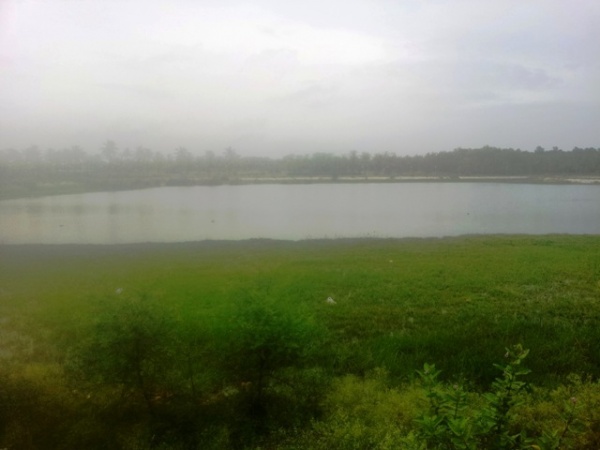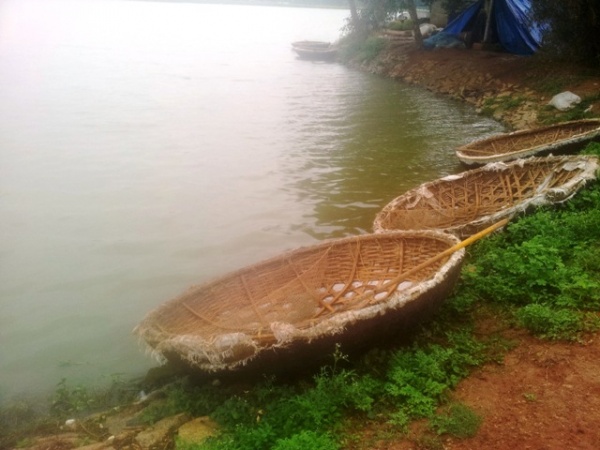Jakkur Lake sits nestled behind the bustling Hebbal Highway that leads to Devanahalli International Airport. A pristine, quiet spot of nature in the midst of Bangalore, this lake stands testimony to the potential that exists to manage urban water sustainably, and in an integrated manner.
Jakkur Lake was fenced and developed by the Bangalore Development Authority (BDA) a few years ago. The Bangalore Water Supply and Sewerage Board (BWSSB) then set up a Wastewater Treatment Plant upstream of Jakkur Lake, with the capacity to treat 10 million litres per day (MLD) of wastewater. The operation and maintenance of the plant is managed by a private company, on contract with the BWSSB.

In spite of a capacity of 10 MLD, the plant treats only about 6 MLD on average, when it is functioning. Sewage from neighbouring Yelahanka is brought here, while sewage from Jakkur itself is not treated here. A lot of the buildings in Jakkur are high rises, with their own Sewage Treatment Plants. It is doubtful whether they are even aware of the BWSSB Sewage Treatment Plant upstream of the lake. If citizens and the utility communicated with each other, Jakkur could become a closed loop of integrated urban water management in the very heart of Bangalore city.
Currently, the way the system works is that raw sewage is pumped in to the plant, and the solid waste is separated from the liquid waste.

The liquid waste is then treated at the anaerobic wastewater treatment plant. Standing on top of the plant, its sheer size is a sight to behold.

To the right of the plant is a constructed man-made wetland, into which the treated wastewater is diverted. This wetland further purifies the treated wastewater through natural processes, before letting the water flow into the main Jakkur Lake.

The lake itself has become a hotspot for biodiversity, attracting birds and hosting a variety of plants. During peak fishing season, fishermen haul in up to 500 kgs. of fish daily – an astounding achievement for a lake in the middle of a bustling metropolis like Bangalore. The fact that people are making a living off an urban lake is truly an achievement, and a step towards reestablishing our connection to water.

There is still some way to go for Jakkur Lake to become a sustainable model for urban water management. There are several private borewells on the boundary of the lake, all extracting groundwater in an unregulated fashion. One borewell is known to extract groundwater and sell it as tanker water to parts of the city that do not get municipal water supply. Buildings around the lake are getting their water supply from borewells on the boundaries of the lake, which depletes the groundwater.
If these buildings tie their water supply and wastewater to the lake, they would not need to extract groundwater from borewells. The surrounding buildings should send their wastewater to this treatment plant, where it can be let into the lake. Instead of bringing wastewater (that too, periodically and erratically) from neighbouring Yelahanka, the waste from Jakkur itself can be brought to this plant, treated and then let into the lake. This cycle would ensure that the lake is full even in the dry summer months.
On the consumption end, they can augment their water supply from the lake as the water is perfectly fit for domestic use. Thus it becomes an end-to-end solution for the area – what sector people call Integrated Urban Water Management.













